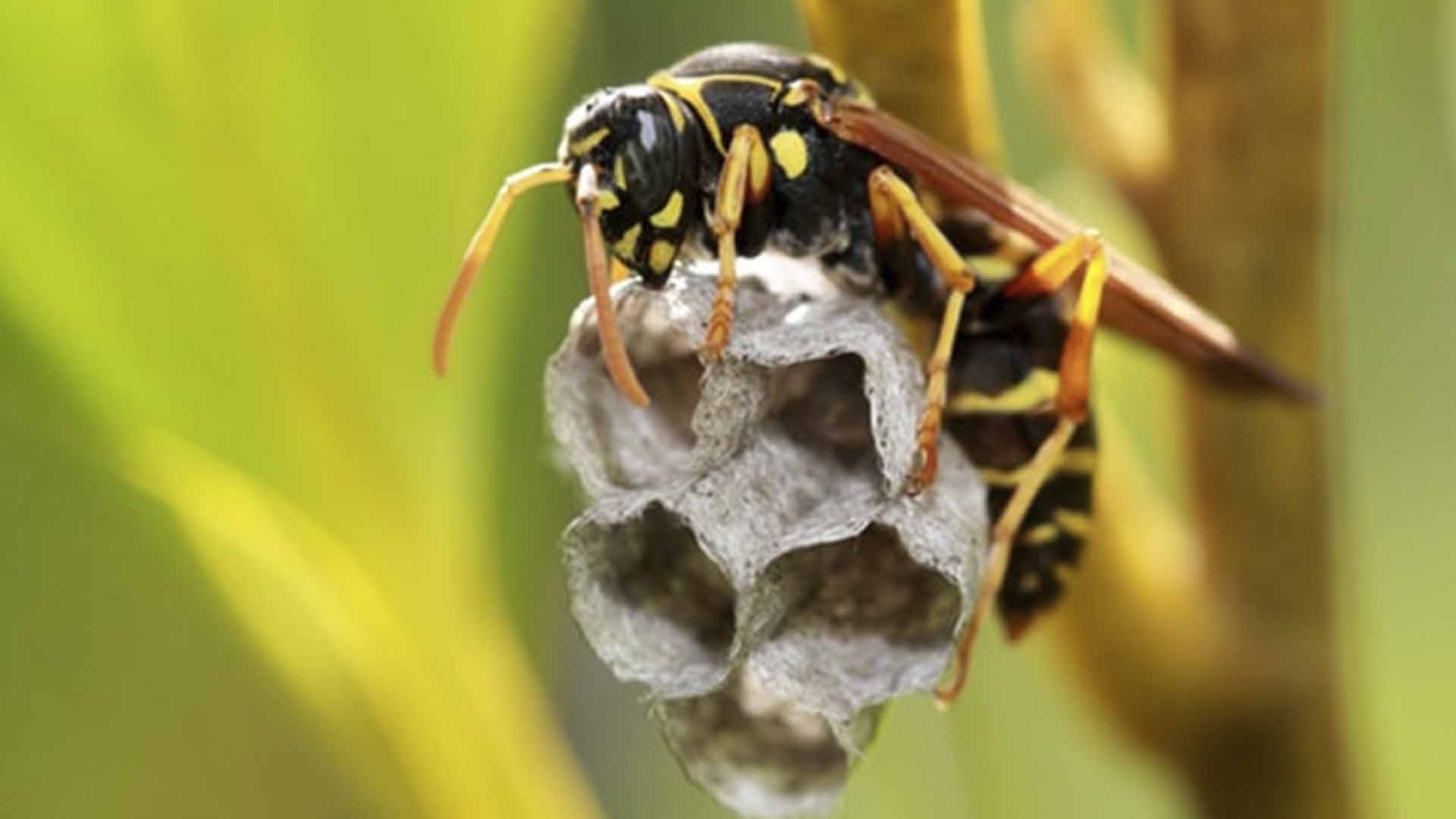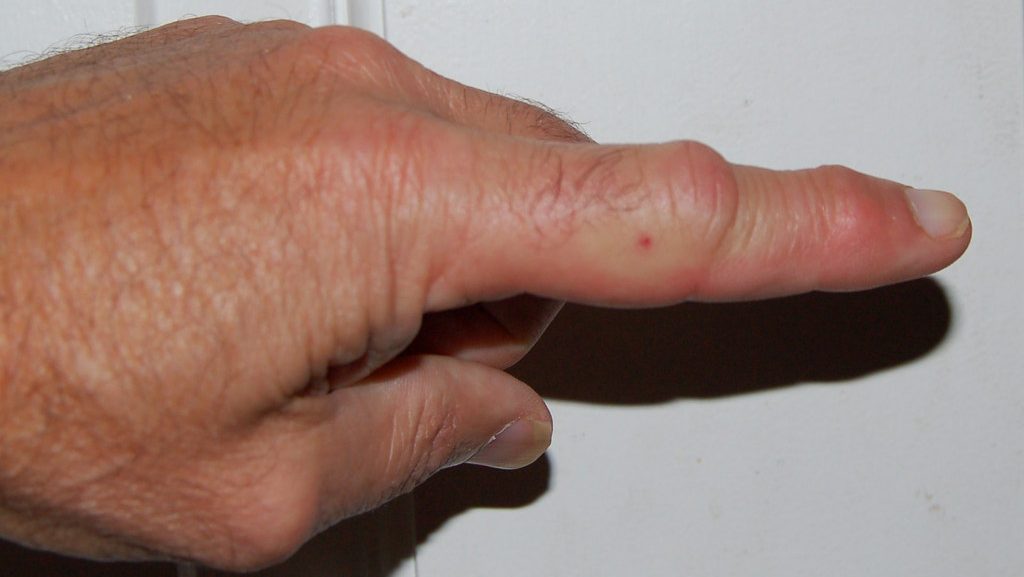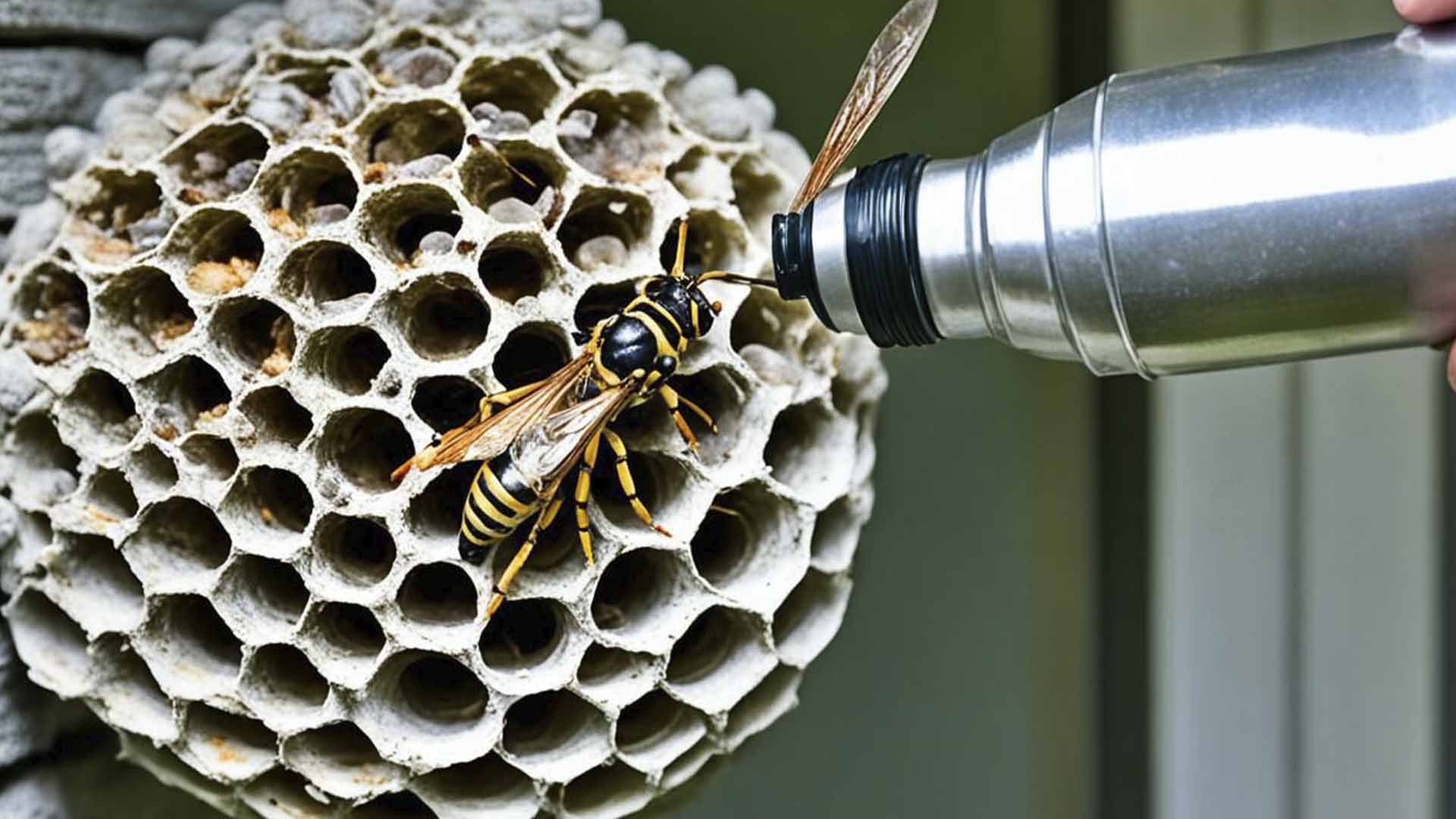Key Takeaways for Quick Reference
-
Why the pain?: Wasp venom contains chemicals designed to trigger maximum pain and inflammation—nature’s harsh warning system.
-
Common symptoms: Sharp initial pain, redness, swelling, itching, and in rare cases, severe allergic reactions.
-
Relief strategies: Cold packs, antihistamines, topical creams, painkillers, and limb elevation significantly ease discomfort.
-
Prevention tips: Stay calm around wasps, protect outdoor food, regularly inspect for nests, and wear neutral colors outdoors.
 Have you ever thought how such a small tiny creature as a wasp can cause such massive, unforgettable pain? Actually, if you’ve been stung before, you probably haven’t forgotten it—and you’re not alone. But what exactly makes wasp stings feel like tiny lightning bolts piercing your skin? And more importantly, what can you do when it happens?
Let’s break it down.
Have you ever thought how such a small tiny creature as a wasp can cause such massive, unforgettable pain? Actually, if you’ve been stung before, you probably haven’t forgotten it—and you’re not alone. But what exactly makes wasp stings feel like tiny lightning bolts piercing your skin? And more importantly, what can you do when it happens?
Let’s break it down.
What's Actually in That Wasp Venom?
- First point: a wasp sting isn’t just a simple poke. It’s like nature’s specially formulated alarm call, and it actually works well. The venom insinuated by a wasp is a nasty little mixture of chemicals designed to maximise discomfort. You know what? These tiny insects pack a severe punch, and here’s why:
-
Acetylcholine: Think of this as nature’s electric shocker. It instantly triggers pain receptors, delivering a sharp, burning sensation right away.
-
Serotonin: You might associate serotonin with feeling good, but ironically, it does the opposite in wasp venom. It tightens your blood vessels, making the pain feel even more intense.
-
Histamine: This is the culprit behind all that swelling, redness, and itching. The chemical kicks your immune response into high gear, leaving you with a puffy welt that lingers for days.
-
Mastoparan and enzymes: These substances disrupt your skin cells, intensifying the inflammation and making the sting feel much worse than it initially seems.


Not getting a solution?
Get your free pest control estimate today!Why Do Wasps Sting, Anyway?
You might think wasps exist to ruin your backyard BBQ, but they’re just trying to survive. Unlike bees—which generally sting once and call it quits—wasps have smooth stingers that let them strike repeatedly without injury. This evolutionary advantage means one angry wasp can deliver multiple doses of venom, increasing the reaction’s pain and severity.Wasps are defensive by nature. They only sting when they perceive a threat to themselves or preventing their nests. Unfortunately, humans often trigger their defenses unintentionally, whether by walking too close to a hidden nest or swatting frantically at one buzzing nearby.
Recognizing Wasp Sting Symptoms
- When a wasp sting occurs, your body reacts almost immediately. Typically, you’ll feel:
-
Instantaneous sharp pain: Like being jabbed by a hot needle—quick, intense, and impossible to ignore.
-
Redness and swelling: Soon after, the sting area will become red and swollen. Your skin might feel warm to the touch as inflammation sets in.
-
Persistent itching and irritation: After the initial pain subsides, itching usually takes over, tempting you to scratch. (Tip: don’t—it only makes things worse!)
-
Localized swelling: Some people experience more significant swelling, sometimes extending beyond the sting area. It’s uncomfortable and might limit movement, but it generally isn’t dangerous.
-
Severe allergic reactions: If you experience difficulty breathing, severe swelling of the face or throat, dizziness, or nausea, seek emergency medical help immediately.

How to Ease the Pain (and Itch!) at Home
- If you’ve just had a painful encounter with a wasp, don’t panic. Honestly, you’re not doomed to endless suffering—there’s a lot you can do right at home to relieve the pain and irritation:
-
Stay calm and step away: Move away from the area without sudden movements to avoid provoking more wasps.
-
Wash and cool the sting: Gently clean the area with soap and water, then apply an ice pack wrapped in a cloth. Cooling the site quickly can ease swelling and numb some fiery sensations.
-
Apply topical treatments: Hydrocortisone cream, calamine lotion, or even a simple baking soda paste can significantly reduce itchiness and inflammation.
-
Use antihistamines: Over-the-counter antihistamines like Benadryl, Claritin, or Zyrtec help manage allergic responses, calming down swelling and itchiness effectively.
-
Pain relievers: Medications like ibuprofen or acetaminophen can provide much-needed relief if the sting continues to hurt.
-
Elevate the affected limb: Elevating the affected limb above heart level can decrease swelling dramatically, so consider propping it up for a while.
Can You Really Prevent Wasp Stings?
- Avoiding wasps completely might be not possible, particularly during late summer and early fall when they’re most active. But you can certainly reduce your odds of an unpleasant encounter:
-
Avoid disturbing nests: Wasps aggressively defend their territory. Regularly inspect your yard, porches, and eaves for nests. If you spot one, contact professional pest control to handle it safely.
-
Stay calm around wasps: Sudden movements, frantic waving, and loud noises can agitate wasps, making them more likely to sting. If a wasp hovers near you, remain calm and slowly step away.
-
Mind your outdoor snacks: Wasps are drawn to sugary foods and beverages. Cover your drinks and snacks during outdoor gatherings to avoid accidentally attracting them.
-
Wear neutral-colored clothing: Stick to muted colors when spending extended time outdoors, as bright floral patterns can attract wasps.
-
Check cans and bottles: Before taking a sip of your soda or beer, glance inside. Wasps sometimes crawl into open containers, leading to unpleasant surprises.

Living with Wasps (Without Fear)
Let’s face it, wasps aren’t anyone’s favorite insect. They’re intimidating, aggressive when threatened, and deliver painful stings. But they also play an important ecological role, helping control pests and pollinating plants. So, coexistence—though cautious—is key.Understanding why wasp stings hurt and how to treat them empowers you to handle future encounters calmly. You know what? Knowledge genuinely helps, making these tiny, angry insects less frightening and far more manageable. So next time a wasp buzzes around your picnic, instead of panicking, you might pause, recall this advice, and calmly step away—avoiding an unwelcome sting. If you feel things have gone out of control, it is advised to contact pest control professionals. Our team can provide a customized approach to protect your home effectively.
Visit our Species, Control, and DIY Guide sections for additional resources on wasps and ways to tackle a wasp infestation.





